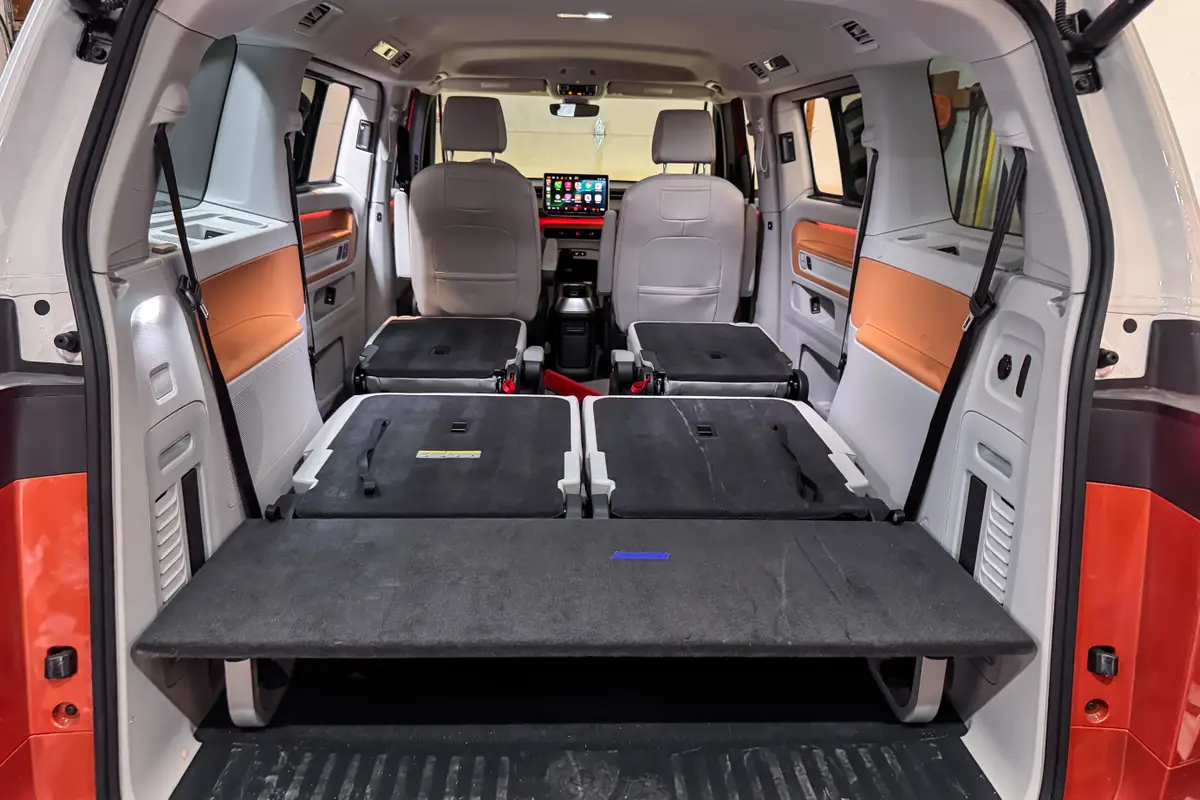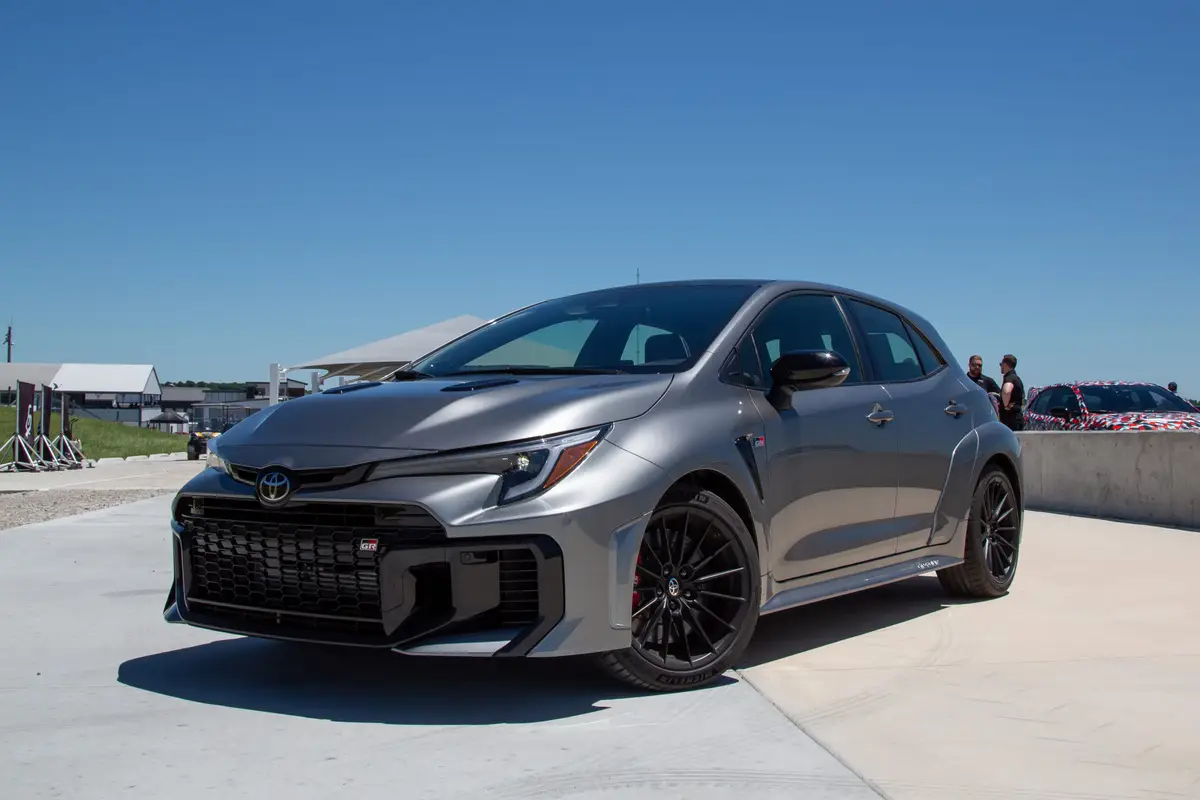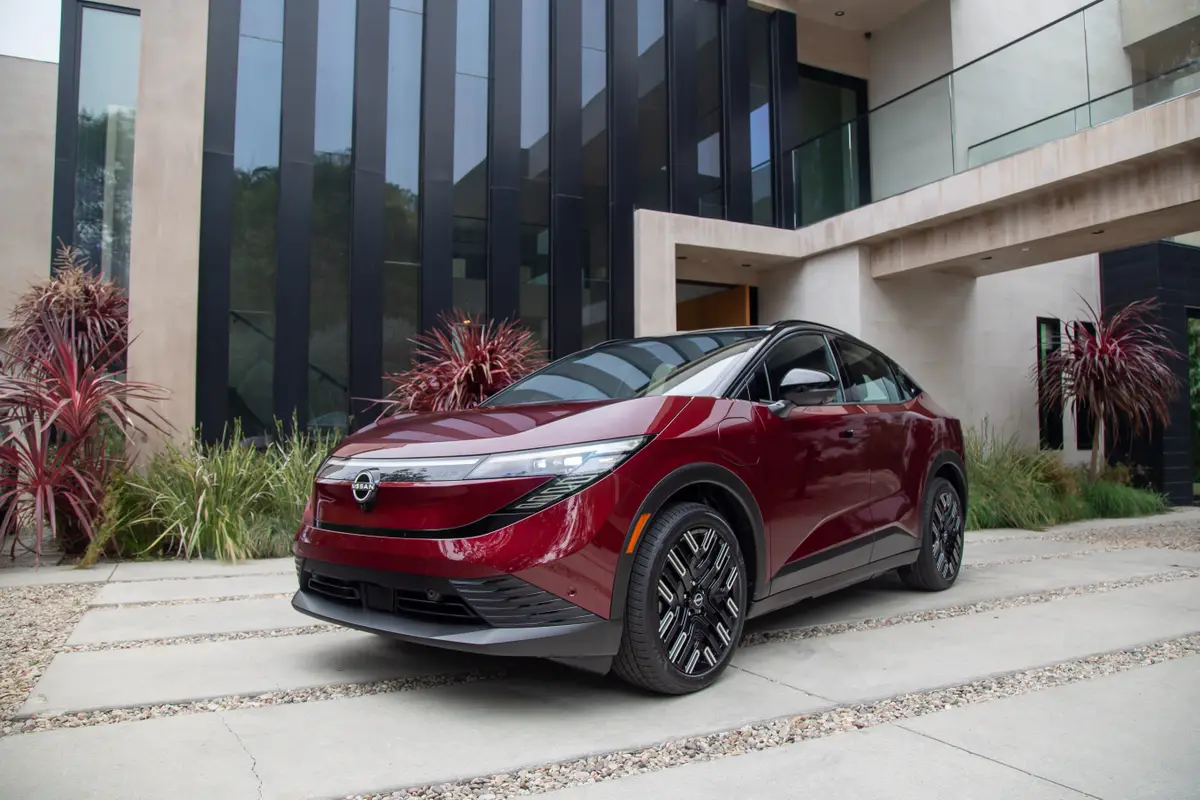IIHS Begins Evaluating Semi-Autonomous Technology

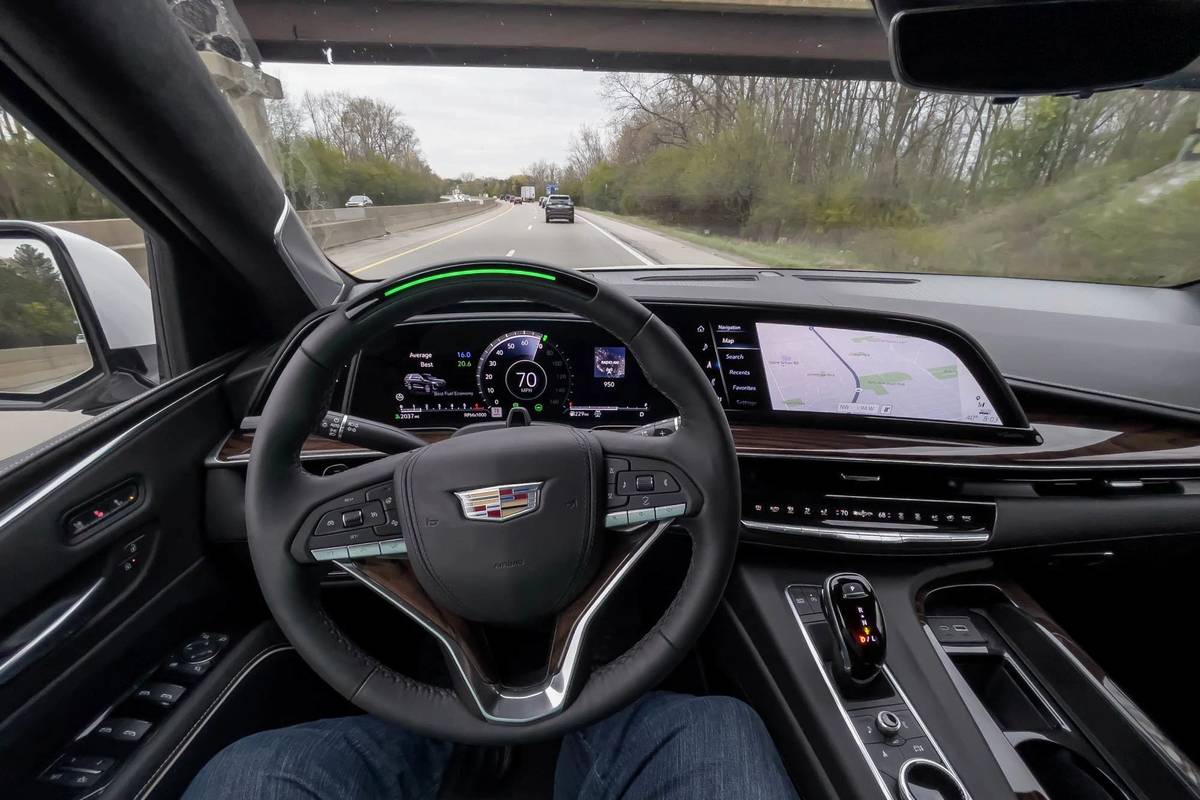
Despite what you may have read, a fully self-driving vehicle likely remains many years away from hitting a showroom near you — but semi-autonomous features like adaptive cruise control and lane-centering steering are becoming increasingly common. Automakers including BMW, Ford, GM and Toyota are taking this technology one step further by introducing hands-free driving capability. And as more semi-autonomous driving features are introduced, the Insurance Institute of Highway Safety is launching a new program to evaluate their safeguards.
Related: Which Cars Have Self-Driving Features for 2021?
The Goal: Keep Drivers Attentive
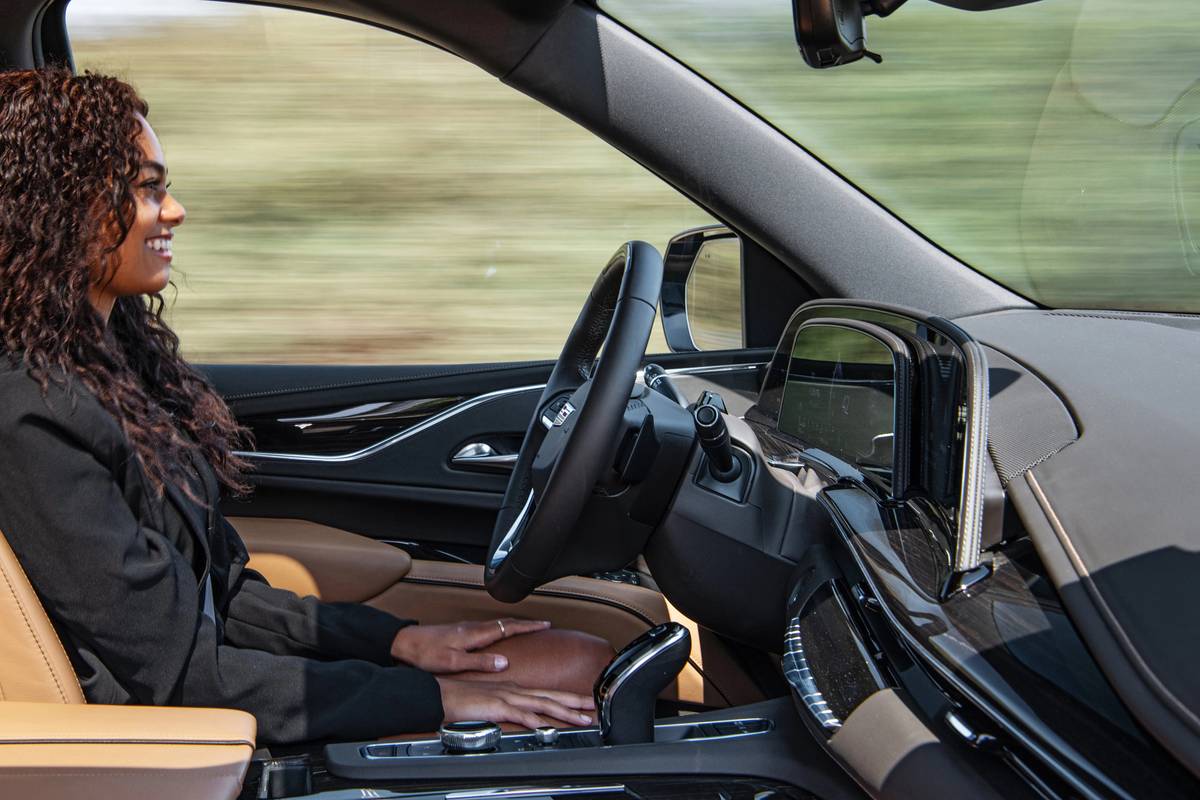
Partially autonomous systems are intended to make driving easier, especially on long highway trips. But contrary to popular belief, IIHS has found no evidence they actually make driving safer. In fact, Tesla has been accused of misrepresenting the capabilities of its Autopilot and Full Self-Driving systems; critics claim the systems encourage drivers to overrely on the technology, leading to inattentiveness and even deadly crashes. To prevent drivers from leaning too heavily on these systems, IIHS will examine how systems respond when distractions are identified.
What Criteria Are Being Evaluated?
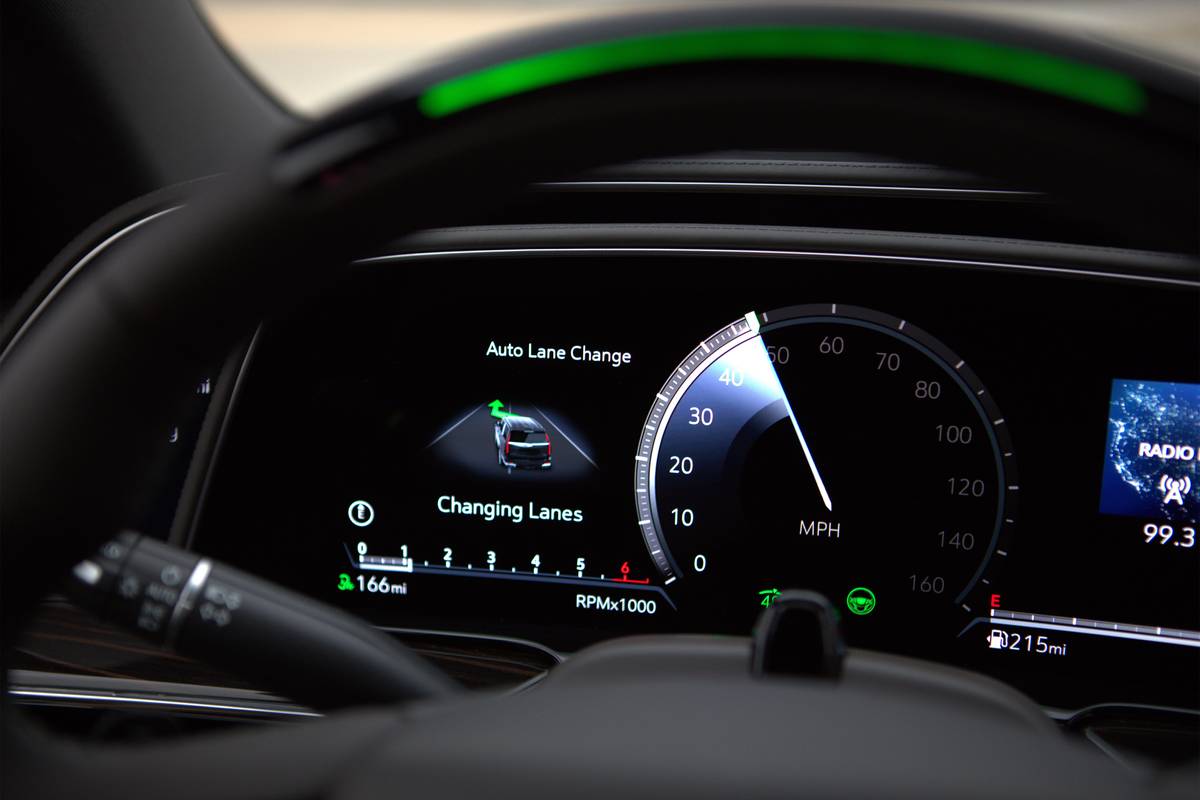
IIHS will focus on the driver-attention warnings that accompany semi-autonomous systems. The agency will not measure additional system functionality, such as how well a vehicle’s camera or radar system identifies obstacles. Following the same format as the agency’s headlight evaluation, safeguards will be rated good, acceptable, marginal or poor. To earn a good rating, a vehicle’s system must issue multiple types of alerts when it identifies that the driver is looking away from the road or hasn’t touched the steering wheel for an extended period of time. Evidence shows that the more alerts, the better, so the agency will look for a mix of warnings including chimes, vibrations, the pulsing of the brakes or a tug on the driver’s seat belt. The longer the driver ignores the alerts, the more aggressive they should become, with more frequent and urgent warnings, IIHS says. If the driver remains inattentive, the vehicle should slow or come to a stop, and the driver should be locked out of using the system entirely.
Some semi-autonomous systems employ a driver-facing camera to monitor the driver’s gaze and issue alerts when distracted driving is detected. For example, GM’s Super Cruise offers a progression of three alerts if it detects inattention: First, a light bar flashes green on the steering wheel; second, the bar turns red if no action is taken; finally, a voice prompt is issued and the vehicle slows and brakes while the hands-free system is disengaged. However, even these may not be enough to earn GM vehicles a passing grade. In fact, according to IIHS spokesperson Joe Young, most vehicles would not currently achieve a good rating.
“In our initial research, we’re seeing that most vehicles tick a few of the boxes, but none of them get it all right,” Young wrote in an email to Cars.com. “One area that most are lacking in is driver monitoring. We want to see systems monitoring both driver gaze and hand position. Neither by itself is an adequate indication of a driver paying attention and being ready to take over at a moment’s notice.”
The IIHS outlines the full list of criteria that qualifies a vehicle for a good rating:
- Monitors both the driver’s gaze and hand position
- Uses multiple types of rapidly escalating alerts to get the driver’s attention
- Employs a fail-safe procedure to slow the vehicle, notify the manufacturer and keep automation off limits for the remainder of the drive
- Requires automated lane changes to be initiated or confirmed by the driver
- Does not automatically resume adaptive cruise control after a lengthy stop or if the driver is looking away from the road
- Does not discourage steering by the driver while lane-centering
- Prohibits automation features if the seat belt is unfastened
- Prohibits automation features if automatic emergency braking or lane departure prevention and warning systems are disabled
Impact on Top Safety Pick Awards
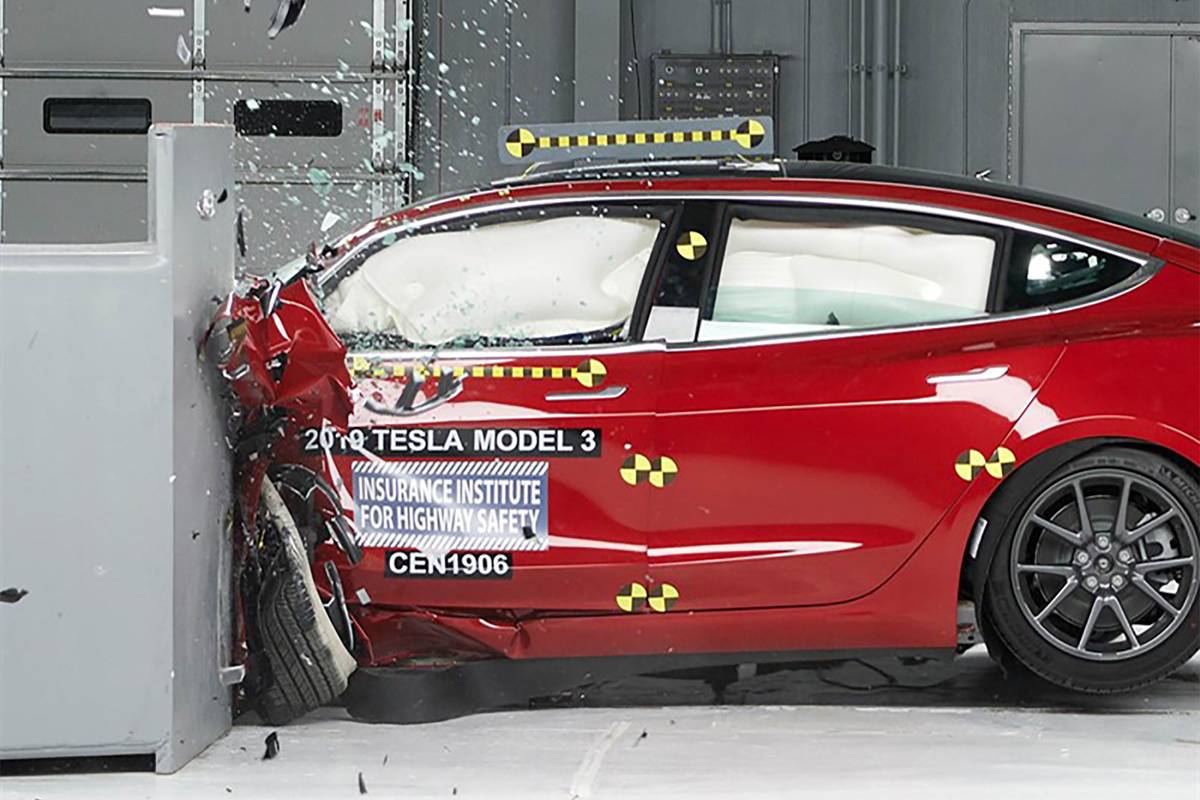
Even though IIHS intends the new rating to help drivers choose a safer vehicle, it will not directly influence a vehicle’s eligibility for the agency’s two influential safety awards, Top Safety Pick or Top Safety Pick Plus. Similar to IIHS’ Latch ease-of-use rating system for car seat installation, the semi-autonomous safeguards will remain a separate category from the agency’s award criteria, which includes crash tests, crash-prevention systems and headlights.
“IIHS doesn’t have any immediate plans to factor this new rating program into our Top Safety Pick or Top Safety Pick Plus criteria,” Young said. “This will be a stand-alone rating category, and, like with our headlight ratings, a given model may have multiple ratings for different available technologies.”
The first set of evaluations is expected to be released sometime in 2022, but due to vehicle supply challenges impacting its testing procedures, IIHS did not give an exact timeframe.
More From Cars.com:
- Which Cars Have Autopilot?
- Autonomous Driving Levels and What They Mean to You
- Tesla Model Y Clinches IIHS Top Safety Pick Plus
- Here’s Every Car That Earned an IIHS Top Safety Award for 2021
- Tesla Replaces Radar Sensors With Tesla Vision Camera System
Cars.com’s Editorial department is your source for automotive news and reviews. In line with Cars.com’s long-standing ethics policy, editors and reviewers don’t accept gifts or free trips from automakers. The Editorial department is independent of Cars.com’s advertising, sales and sponsored content departments.

Former News Editor Jane Ulitskaya joined the Cars.com team in 2021, and her areas of focus included researching and reporting on vehicle pricing, inventory and auto finance trends.
Featured stories
